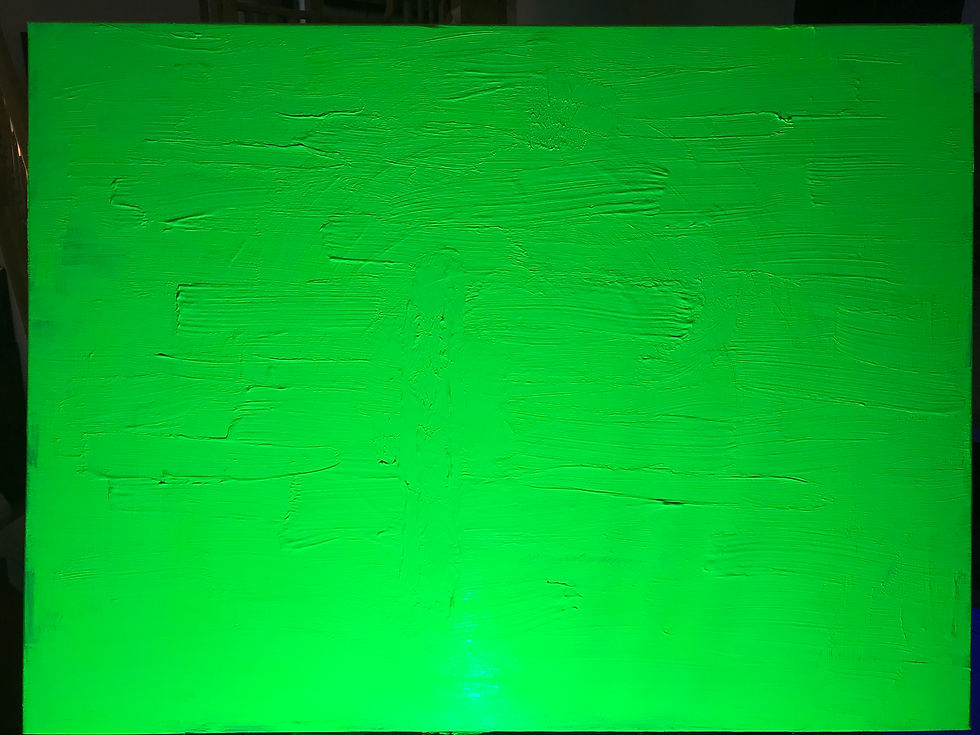
While working on part 2 – “Modernism Explained” my thoughts were all over the ideas of flatness, realism, abstract art and postmodern. Four years I stay under the deep influence of C. Greenberg’s theories and the explanation to this is my inner love to the abstract expressionism. In my brain, something turned once and forever after the Avant-Garde and Kitsch. But even now after dipping in postmodernism I consciously aware without my natural passion for this type of art I would not be so addictive.

I see in abstract expressionist pure art - how art should be. Art for the sake of art can be only in relation to the man as a creator. Recognizable object or figure would trigger additional thoughts in the brain of a viewer. So if discuss in this dimension then a natural emotion is what is left for expression by man.
Flatness which still remains as identification of the painting. Minimalistic works which were challenging the subject of flatness and three-dimensionality moved further to space. And flatness left as it is but with new forms of a digital epoch.
In this work, I wanted to test the original tools of the arts (canvas and acrylic) with its flatness which could contain paint as such on the surface. But I changed the light source and suddenly the flat turned into the three-dimensional. Volume and space appeared from the acrylic colour. So, what just happened is “the flat surface, the shape of the support, the properties of the pigment” (Greenberg, Modernist Painting) as such became a three-dimensional inside the own identification. In other words, within the limits which Greenberg claimed for painting, the painting also can be three-dimensional and abstract.

コメント